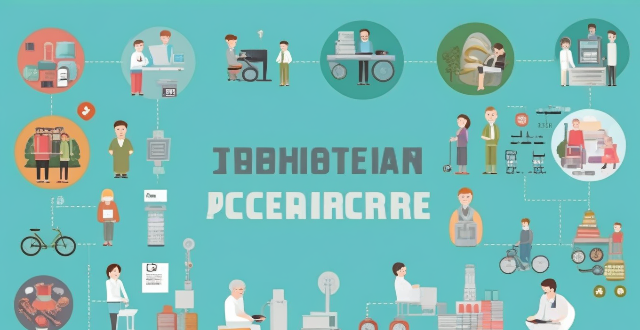The article emphasizes the significance of equitable healthcare access during pandemics like COVID-19. It outlines various strategies to achieve this goal, including implementing universal health coverage, utilizing community health workers, expanding telehealth services, managing supply chains efficiently, conducting public education campaigns, providing financial support to vulnerable groups, and fostering collaborative partnerships. These measures aim to ensure that everyone has equal opportunities to receive medical care, regardless of their socio-economic status, race, ethnicity, or geographic location.

Ensuring Equitable Access to Healthcare During Pandemic Management
Introduction
The COVID-19 pandemic has underscored the importance of equitable access to healthcare. Ensuring that everyone, regardless of their socio-economic status, race, ethnicity, or geographic location, has equal opportunities to receive medical care is crucial for managing a pandemic effectively.
Strategies for Equitable Healthcare Access
1. Universal Health Coverage (UHC)
- Definition: UHC ensures that all individuals have access to the health services they need without risking financial ruin.
- Implementation: Governments can expand coverage by investing in public health systems and providing subsidies or insurance schemes for vulnerable populations.
2. Community Health Workers (CHWs)
- Role: CHWs serve as a bridge between communities and healthcare systems, especially in rural or hard-to-reach areas.
- Benefits: They can provide basic health services, educate the public about preventive measures, and refer patients to higher levels of care when needed.
3. Telehealth Services
- Advantages: Telehealth allows patients to consult with doctors remotely, reducing the need for physical visits and making healthcare more accessible.
- Challenges: It requires reliable internet connectivity and digital literacy, which may be lacking in some regions.
4. Supply Chain Management
- Importance: A robust supply chain ensures that essential medical supplies like vaccines, PPE, and medications are available where they're needed most.
- Actions: Governments and international organizations should coordinate efforts to distribute supplies fairly across different regions.
5. Public Education Campaigns
- Purpose: To dispel misinformation, promote healthy behaviors, and encourage people to seek medical attention when necessary.
- Methods: These campaigns can utilize various media platforms, including radio, television, and social media.
6. Financial Support for Vulnerable Groups
- Target Populations: Low-income families, elderly individuals, and those with pre-existing conditions often face greater barriers to healthcare access.
- Measures: Governments can offer subsidies or waive fees for these groups to ensure they receive necessary medical attention.
7. Collaborative Partnerships
- Partners: NGOs, private sector companies, and international organizations can work together with governments to enhance healthcare delivery.
- Outcomes: Such partnerships can lead to improved infrastructure, increased resources, and better coordination of efforts.
Conclusion
Achieving equitable access to healthcare during a pandemic requires a multifaceted approach that addresses both systemic issues and individual needs. By implementing strategies like universal health coverage, leveraging community health workers, expanding telehealth services, managing supply chains effectively, conducting public education campaigns, offering financial support to vulnerable groups, and fostering collaborative partnerships, we can move closer to ensuring that no one is left behind in the fight against pandemics.